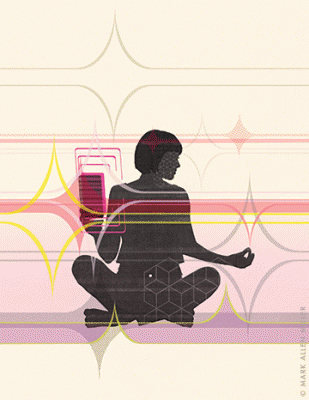In my book The Distraction Addiction I talked about how humans have evolved to have incredibly powerful relationships with technologies, starting with hand axes a million years ago, and continuing down to the present; how our relationships with technologies are among the most powerful we have; and that the challenge with today’s technologies was not to learn to live without them, but to learn to use them better. This meant recognizing the power of those relationships; thinking more deeply about them; and re-learning how to use them well, rather than being used by them.
Arianna Huffington has a piece about “” that echoes this:
What people are angry about, and what’s truly fueling this moment, is that we no longer feel in control of the technology in our lives. That feeling of losing control has been building steadily for the last several years, as our lives have become both more dominated by technology and more dependent on technology. It’s the feeling that the pace of our lives, and the next thing on our to-do list, is no longer up to us. It comes via the endless screens and algorithms we’re immersed in. And we know that the feeling of autonomy is one of the single most important factors in our happiness. But we’re feeling less and less autonomous.
I think this has a lot truth to it, though there is real ill-feeling toward companies, not just technologies and our relationships with them. Control is one of the things we instinctively use to measure the trustworthiness of a technology; it’s also something we need in order to use them well.
So it make sense that the sense that a company is designing its product to elude our control should inspire suspicion and hostility. We’ve coevolved with technologies, and expect to be able to use them to extend our cognitive and physical abilities; and when that relationship is broken, it’s a big problem for us.








